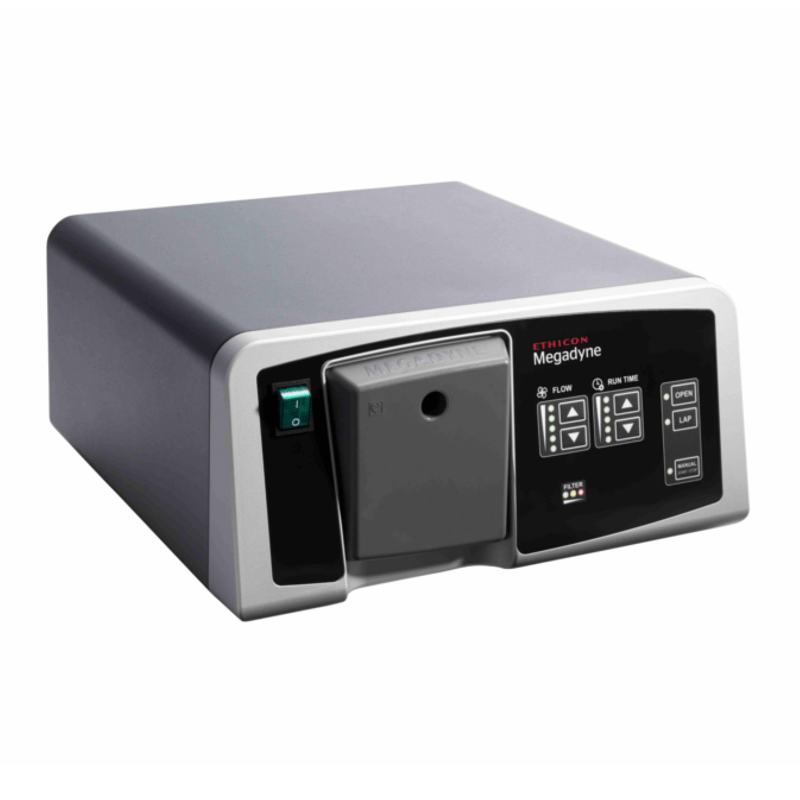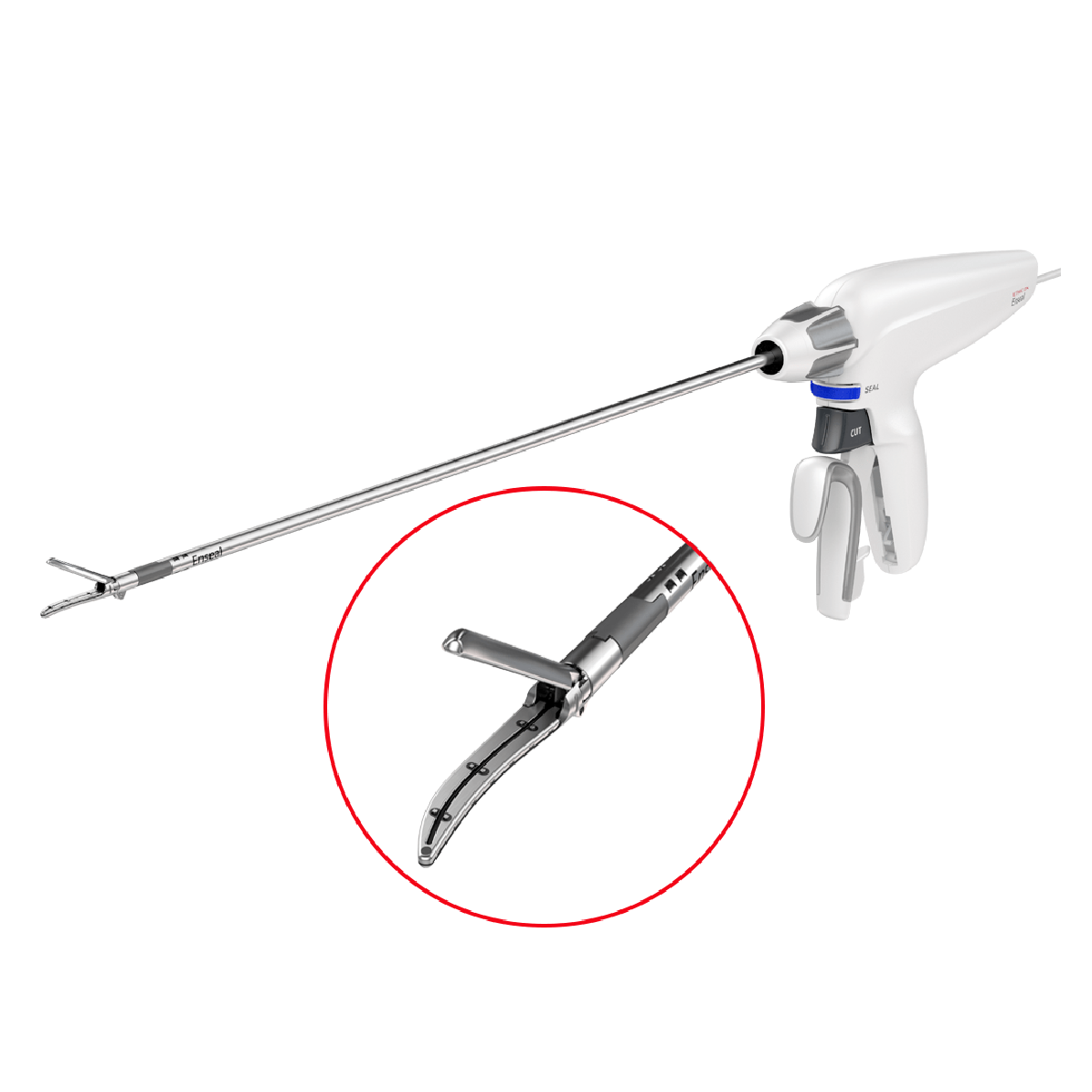To access AIS Channel content, please allow all cookies. Please click here to configure your preferences.
There are several types of basic energy: cautery, electrocautery, and electrosurgery. The cautery consists of the surgical use of heat, whereas the electrocautery is the process of destroying tissue with an object that is heated with electricity. Also, there is no current flowing through the patient for electrocautery energy. There is electrosurgery based on the use of alternating current passed through the patient to cut and coagulate tissue.
The basic facts about electricity in surgery are: iit always takes the path of least resistance; power is constant among variable voltage generators; and the injury is proportional to current concentration. This is important to keep in mind in electrosurgery.
When it comes to monopolar electrosurgery, the current flows from a small (active) electrode to and through the patient to a larger, grounded electrode. The patient is crucial to close the circuit.
Dr. Jänes points out that electric current follows the path of least resistance. He also highlights the direct proportion to the water content of tissue. As tissue desiccates, resistance increases, and the current seeks an alternate pathway. When you use monopolar electrosurgery you must be aware of the potential risks involved.
Sealing is a multifactorial and dynamic procedure. There are controllable factors such as compression, heat, and time. Nevertheless, the uncontrollable factors are purely biological, such as collagen, elastin, and water. Energy devices improve hemostasis and minimize lateral thermal damage using physical and controllable factors. Optimizing the controllable factors influences the quality of the seal. When it comes to large vessels, you must keep in mind the vessel size, angle of approach, atherosclerosis, calcification, hypertension, and other patient factors.
If you reduce thermal damage, you will be able to reduce inflammation, achieving faster healing and less pain. When the temperature is over 65ºC it causes irreversible damages.





